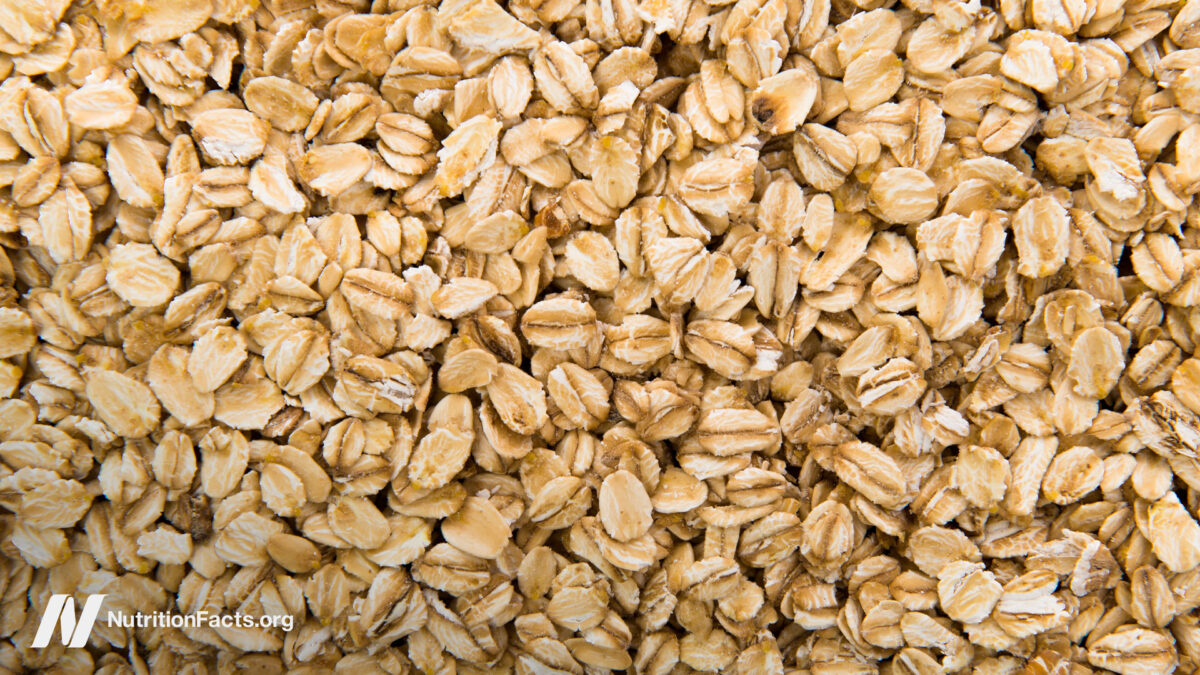Fluoride has been a staple ingredient in toothpaste for decades, praised for its ability to prevent cavities and promote oral health. Dentists and public health officials advocate for its use, yet in recent years, fluoride has become a hot topic of debate. Some claim it poses health risks, leading to a growing interest in fluoride-free toothpaste. But is fluoride really something to worry about, or is it an essential part of oral care? Let’s dive into the true impact of fluoride health.

The Science Behind Fluoride
How Fluoride Prevents Cavities and Strengthens Teeth
Fluoride is a naturally occurring mineral that helps rebuild and strengthen tooth enamel and prevent cavities. When you use fluoride, the mineral is absorbed into the enamel, making it more resistant to acid that comes from bacteria and sugary foods or beverages. It also aids in remineralization, a process where essential minerals like calcium and phosphate are redeposited into weakened enamel, helping to repair early signs of tooth decay before cavities form.
In addition to fluoride in our toothpaste and other dental products, the mineral can be found in water, soil, and some foods and beverages, such as:
- Coffee
- Tea
- Raisins
- Oatmeal
- Canned shellfish (e.g., salmon, sardines)
Studies have consistently shown over the years that using fluoride can reduce the risk of tooth decay by 25%. This is why it’s not only commonly found in dental products but also in public water supplies in many countries. According to the CDC, 72.3% of the U.S. has fluoride in their public water systems.
Debates on Safety: Fluorosis, Toxicity, and More
While fluoride is beneficial in small amounts, consuming excessive amounts of the mineral can also be harmful. Ingesting high levels of fluoride can cause dental fluorosis, a condition that causes white spots or streaks on the teeth. Dental fluorosis is most common in children under eight whose teeth are still developing.
Beyond dental fluorosis, some have raised concerns about fluoride toxicity, linking high exposure levels to potential health risks, including thyroid problems, skeletal fluorosis (a rare chronic bone disease), and neurodevelopmental effects. However, most experts agree that fluoride exposure from toothpaste, when used as directed, is safe and unlikely to cause harm.
The recommended Daily Adequate Intake of fluoride is as follows:
- Birth to 6 Months: 0.01mg
- 7-12 Months: 0.5mg
- 1-3 Years: 0.7mg
- 4-8 Years: 1mg
- 9-13 Years: 2mg
- 14-18 Years: 3mg
- 19 Years and older: 4mg for men and 3mg for women
Should You Avoid Fluoride?
The debate over fluoride in toothpaste has led many to question whether they should use it or opt for fluoride-free alternatives. While fluoride is widely recognized for its ability to prevent cavities and strengthen teeth, some concerns about potential health risks and overexposure have made it a controversial topic. Here are some pros and cons for each side:
Pro-Fluoride Arguments:
- Proven effectiveness in reducing cavities and strengthening teeth.
- Fluoride is endorsed by major health organizations, including the American Dental Association (ADA) and the World Health Organization (WHO).
- Fluoride helps protect against decay, especially in people with a high risk of cavities.
Anti-Fluoride Arguments:
- Potential risks of overexposure, especially for children.
- Daily adequate intakes are more challenging to control with fluoride toothpaste and fluoridated water.
- Some individuals prefer a natural approach to oral care, avoiding synthetic additives.
- Those with certain medical conditions (e.g., thyroid disorders) may choose to limit fluoride intake based on personal or medical advice.
Who Should Opt for Fluoride-Free Options
While fluoride is generally considered safe, certain groups may benefit from fluoride-free toothpaste. Young children who tend to swallow toothpaste are at a higher risk of developing dental fluorosis. Some individuals also have sensitivities to fluoride and may experience mild reactions to fluoride-containing products. Additionally, those who prefer a more natural approach to oral care often opt for toothpaste free from synthetic chemicals. Some individuals with specific health concerns, such as kidney disease or thyroid conditions, may choose to avoid fluoride based on medical advice.
Finding the Right Toothpaste for You

Understanding Labels and Ingredients
When choosing a toothpaste, reading the label is critical to ensure you’re selecting the best option for your oral health needs. If you prefer conventional toothpaste with fluoride, check for fluoride content that may be listed as sodium fluoride, stannous fluoride, or monofluorophosphate. For those seeking natural alternatives, look for labels that highlight claims such as “fluoride-free,” “SLS-free,” or “organic.”
Fluoride Alternatives for Natural Oral Care
If you’re interested in fluoride-free toothpaste, here are some effective alternatives:
- Hydroxyapatite: A naturally occurring mineral that remineralizes teeth similarly to fluoride.
- Xylitol: A sugar alcohol that reduces cavity-causing bacteria in the mouth.
- Calcium and phosphate: Help rebuild enamel and protect against decay.
- Herbal ingredients: Neem, clove, and tea tree oil have antibacterial properties that can help reduce bacteria, strengthen the enamel, and prevent cavities.
FAQs
Is fluoride safe for kids?
Yes, fluoride is safe for children when used appropriately. The ADA recommends using fluoride toothpaste in the size of a grain of rice for children under three and a pea-sized amount for kids aged three to six. Parents should supervise brushing to prevent swallowing excess toothpaste, especially in the beginning.
What are the symptoms of fluoride overexposure?
Mild overexposure can cause dental fluorosis, leading to white spots on the teeth. In cases of overconsumption (like this study that had participants ingesting 30mg of fluoride per day), individuals may experience symptoms including nausea, vomiting, and stomach pain. Severe fluoride poisoning is extremely rare with the proper use of toothpaste but can cause skeletal fluorosis or acute poisoning symptoms (e.g., dizziness, headaches, excessive saliva).
Are natural toothpaste options effective?
Yes, many natural toothpastes contain effective ingredients like hydroxyapatite and xylitol, which can help remineralize enamel and strengthen teeth. However, they don’t prevent cavities as effectively as fluoride can. Therefore, the added mineral is still the most effective ingredient for cavity prevention.
While the fluoride debate may never be settled, the key takeaway is that those who choose to brush with fluoridated toothpaste should do so cautiously. Fluoride can be an effective cavity fighter, but having the option of fluoride-free toothpaste can also be effective for those who prefer a natural approach. The best toothpaste for you depends on your individual health needs, preferences, and risk factors. Whether you choose fluoride or a natural alternative, maintaining a strong oral hygiene routine—brushing, flossing, and regular dental check-ups—is what truly matters.







